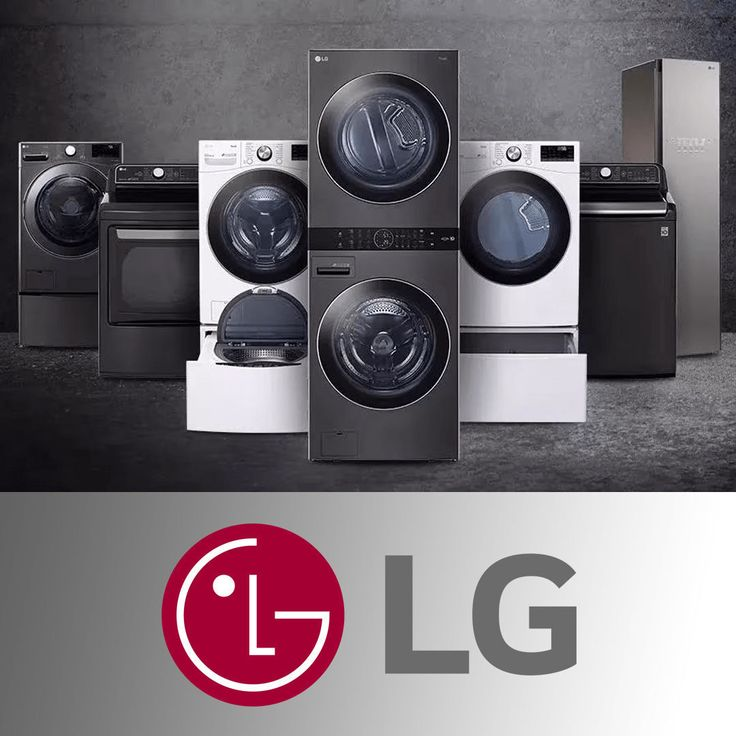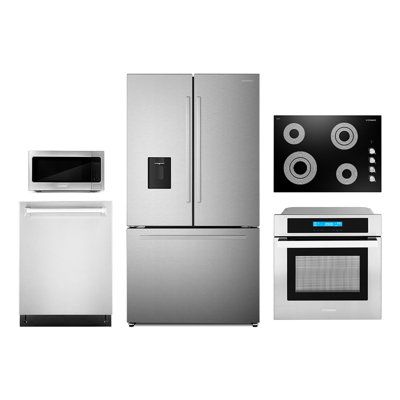The whole process of home appliance delivery and installation

Creating a cozy summer home that serves as a peaceful retreat requires careful selection of appliances that enhance comfort without compromising on style or efficiency. At Appliances 4 Less Little Rock, we cater to residents in Little Rock, Benton, Conway, and Pine Bluff with an array of open box, scratch, and dented appliances that are perfect for elevating your summer living. Here’s our guide to the essential appliances for a cozy summer home.
The new refrigerator you bought online is on the way, and the washing machine will soon be delivered to your home – but from the process of placing an order to normal use, every link hides details that are easy to be overlooked. If you are not careful, you may encounter problems such as delayed delivery and irregular installation. Mastering these practical skills can help you avoid detours and smoothly welcome new home appliances.

Ⅰ. Reservation confirmation
Don’t rush to close the page after placing an order! Most e-commerce platforms will display the “Reservation Delivery” entrance in the order details. It is recommended to give priority to online reservations, which can intuitively see the optional time period. If you can only make an appointment by phone, you must clarify these 3 things during communication:
1. Confirm whether the delivery is free: some remote areas and high-rise buildings without elevators may charge additional fees
2. Explain special circumstances: such as restricted driving time in the community and access control passwords for unit doors
3. Agree on the rules for secondary reservations: In case of temporary problems, can the date be rescheduled for free? How long in advance should the latest notification be made?
After receiving the SMS of successful appointment, be sure to take a screenshot and save it. A user once missed the delivery time due to accidentally deleting the SMS on his mobile phone, which delayed the delivery for a whole week.
Ⅱ. Delivery inspection
When the home appliance arrives, don’t rush to sign! Checking in this order can avoid 90% of after-sales disputes:
1. Outer packaging inspection: Use a mobile phone to take a full picture of the unopened box, focusing on whether the tape has been re-pasted and whether there are dents in the corners of the box
2. Model verification: Take out the nameplate on the home appliance and compare it with the model parameters on the order page one by one
3. Accessories inventory: Check the accessories list in the manual to check whether small items such as screws, drain pipes, and remote controls are complete
If you find a problem, do two things immediately: ① Take a photo for evidence ② Ask the delivery person to indicate the situation on the receipt.
A user bought a washing machine online because he did not inspect it on the spot. Later, he found that the water inlet pipe was missing, and he spent a lot of energy on rights protection.
Ⅲ. Preparation before installation
Before the installation master comes to your home, make these preparations in advance to make the installation process smoother:
Clear space: Make sure to leave more than 60cm of operating space around the installation area and move away fragile items
Check water and electricity: Use a test pen to check whether the socket is powered on and observe whether the water pipe interface is leaking
Prepare tools: Prepare common tools such as wrenches and screwdrivers in advance for temporary use
Confirm the wall: Tap the wall with your fingers. The tile wall with obvious hollow sound may not be suitable for drilling
Record data: Measure the size of doors and windows to avoid large appliances that cannot be carried into the house
Ⅳ. Installation process
Don’t think that the master can do nothing during the installation. It is recommended to be present throughout the key steps:
1. Drilling positioning: When installing air conditioners and water heaters, confirm the drilling position with the master in advance to avoid damaging the wires or waterproof layer in the wall
2. Pipeline connection: Observe whether the water pipe and gas pipe interfaces are wrapped with raw tape and whether the connection is fixed with clamps
3. Debugging test: Ask the master to demonstrate all functions and record abnormal conditions. For example, whether there is abnormal noise when the refrigerator is running, and whether the smart device can be connected to the Internet normally
The range hood installed by a user was not tested for suction on the spot. After moving in, it was found that the exhaust effect was poor, and the re-disassembly and re-installation incurred high costs.
Ⅴ. After-sales and vouchers
Installation completion ≠ service end, if you don’t do these things, you may suffer a big loss:
1. Save vouchers: store invoices, warranty cards, and installation acceptance forms in a folder, and upload the electronic version to the cloud disk after scanning
2. Take photos for archiving: take photos of the nameplate of the home appliance, the overall photos after installation, and record key information
3. Master the after-sales channels: follow the official website of the brand, bind the order to obtain an exclusive customer service channel
When encountering problems, report repairs through official channels first, and be wary of “small advertisements” repair calls. There was a user who believed the corridor stickers and invited a “repair master” to deliberately damage the equipment, but was asked for high repair fees.

Conclusion
From appointment to use, we need to be more careful in every link of home appliance delivery and installation. Remember these practical tips, which can not only protect your own rights and interests, but also make new home appliances integrate into life faster and better. Next time when you welcome a new home appliance, you might as well treat this guide as a “pitfall avoidance guide” to deal with each step calmly!

